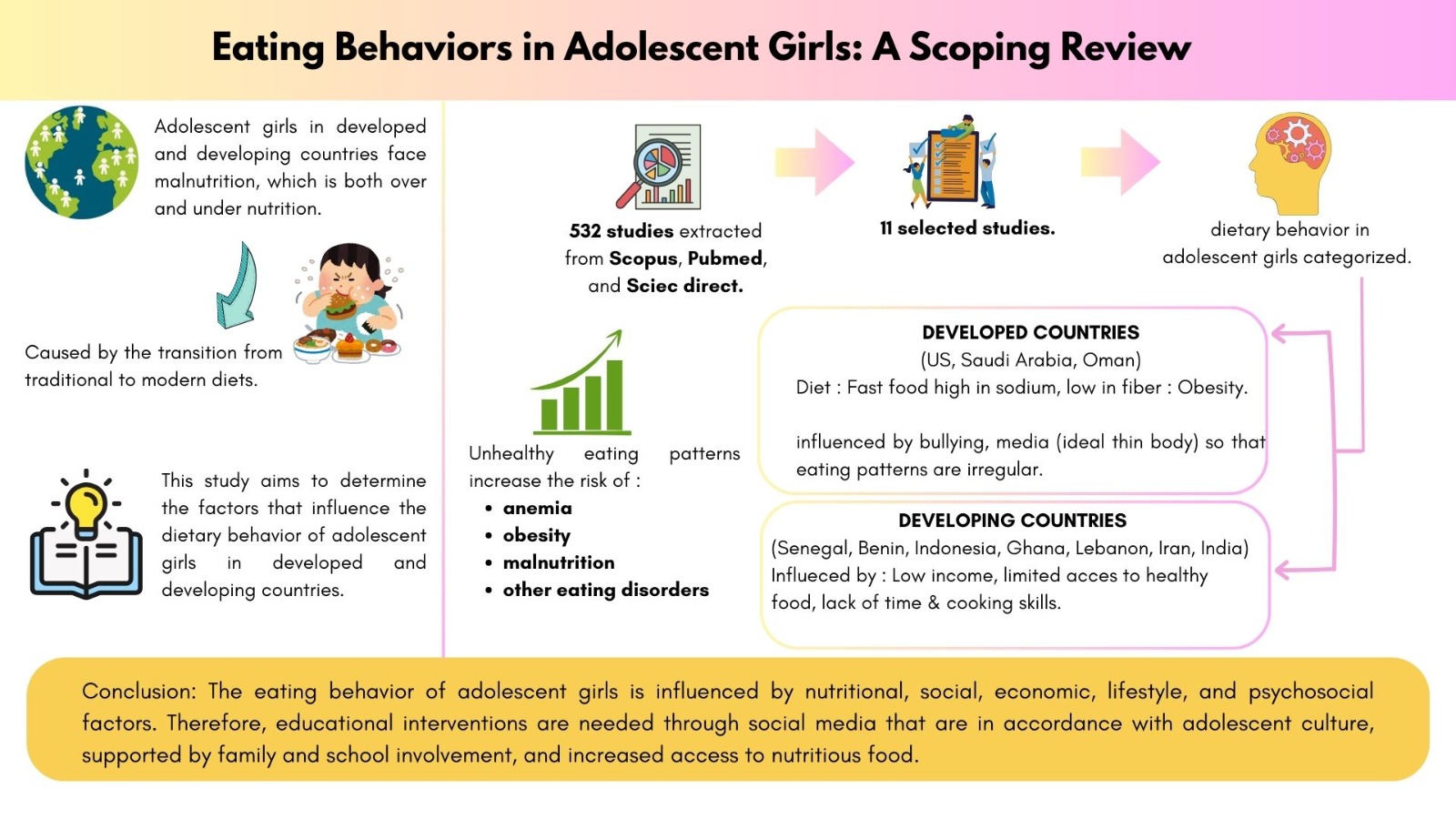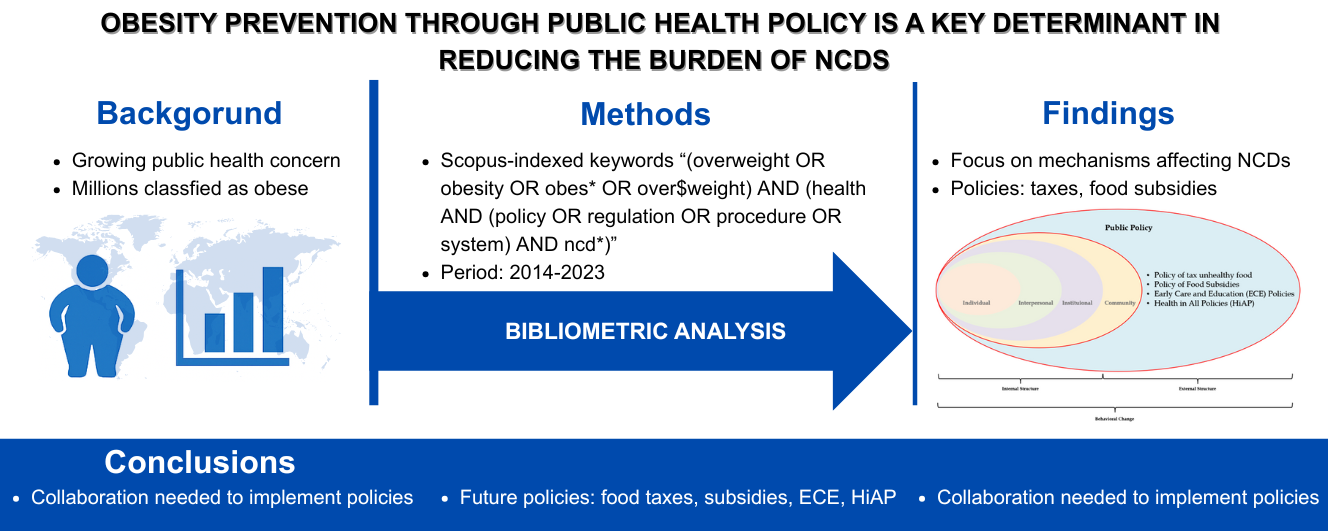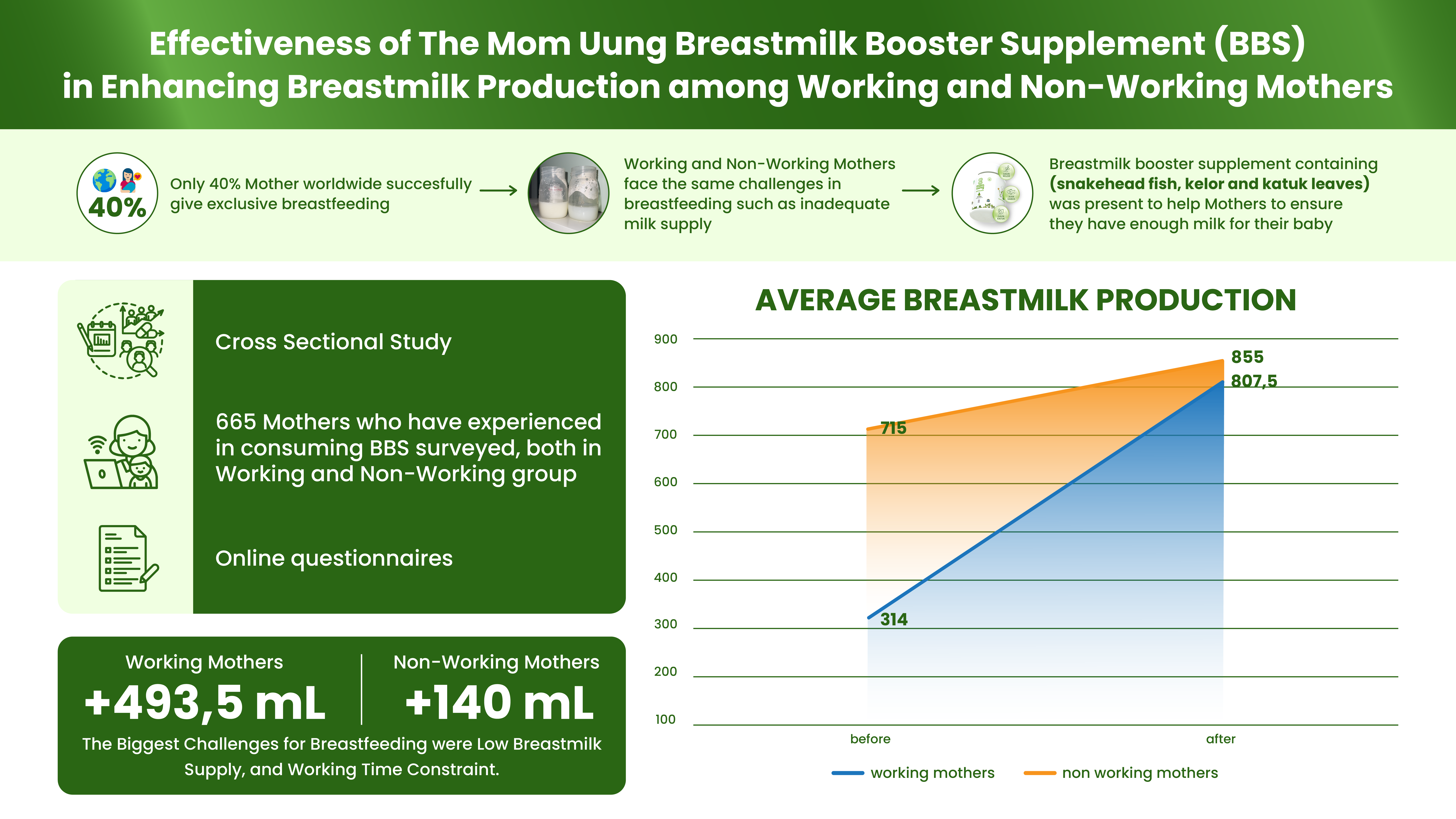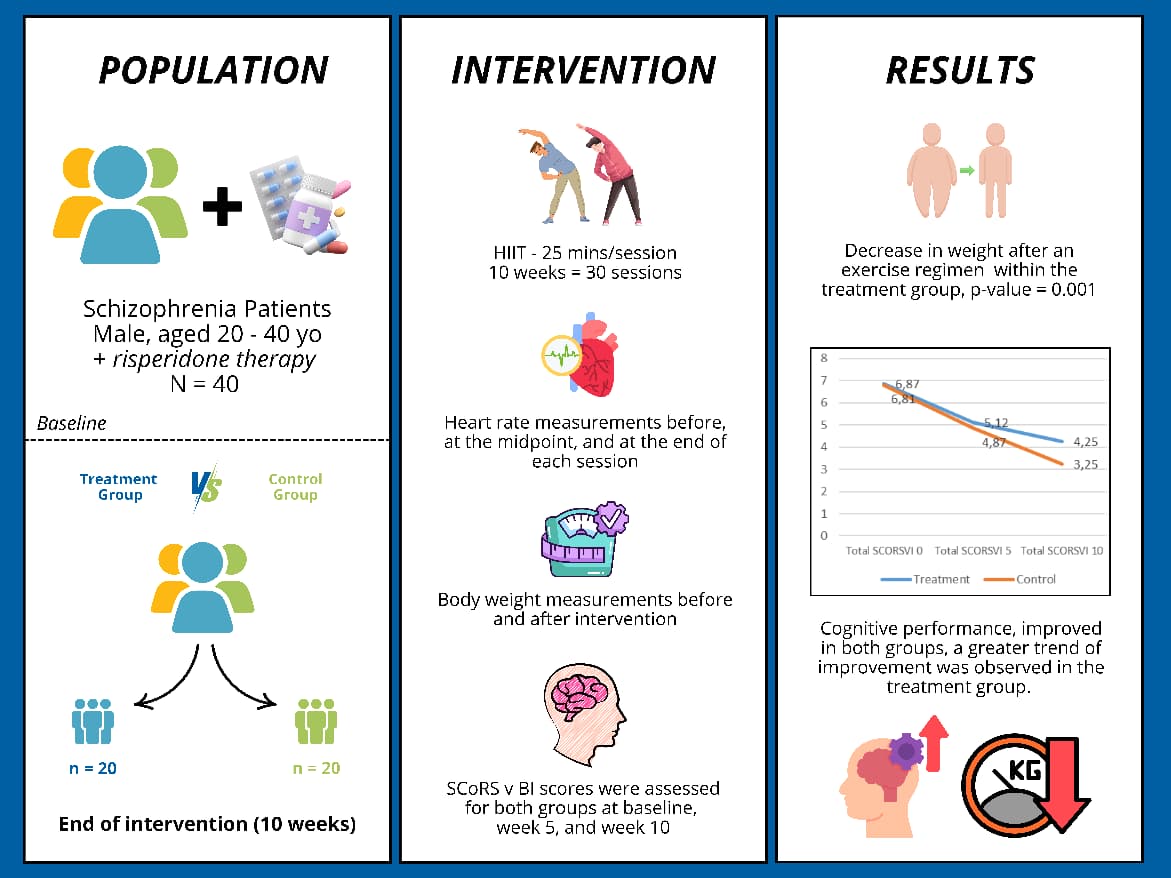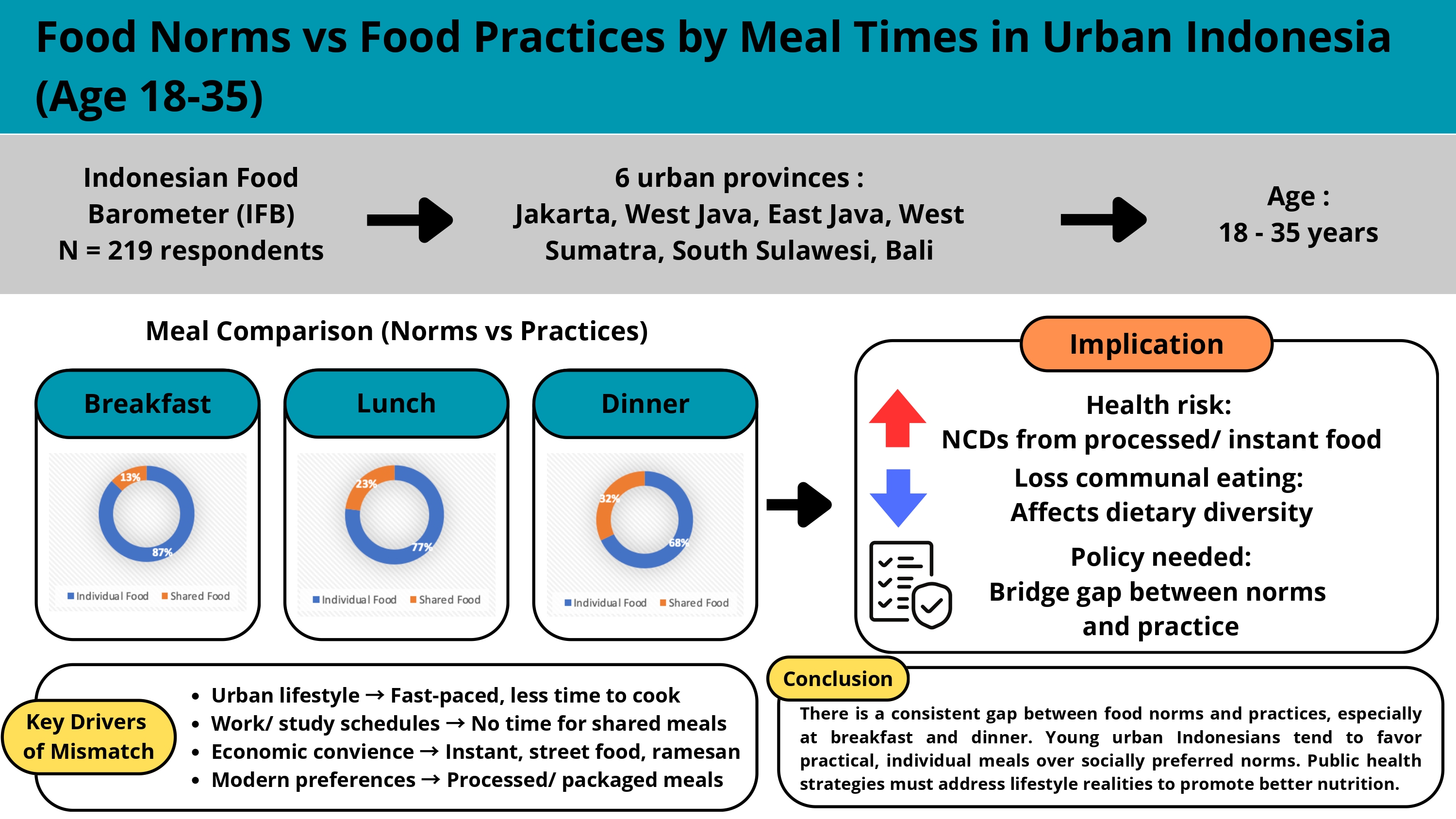IS THE INCIDENCE OF LOW BIRTH WEIGHT IN INDONESIA DUE TO PREECLAMPSIA DURING PREGNANCY?: A META-ANALYSIS
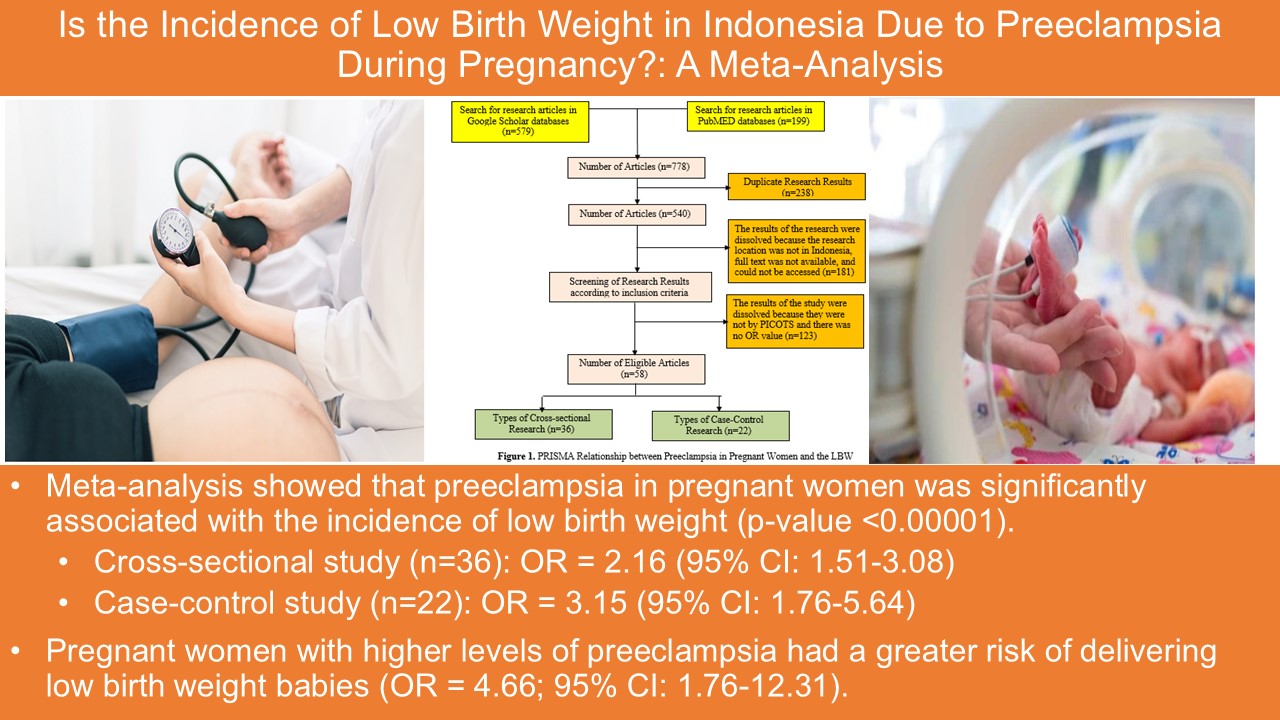
Downloads
Preeclampsia (PE) is a pregnancy disorder characterized by hypertension, edema, and proteinuria. Preeclampsia remains one of the main causes of maternal death in Indonesia. Preeclampsia can cause stunting of fetal growth because of unbalanced nutrition. Preeclampsia can result in insufficient blood flow to the placenta, reducing the intake of nutrients and oxygen by the fetus, which affects its weight. The long-term impact is that infants may have low birth weights (LBW). This study aimed to determine the estimated combined effect of preeclampsia in pregnant women and the incidence of LBW. This study used a meta-analysis method to analyze articles from Google Scholar using the following criteria: published between 2012 and 2024, full-text availability, case-control or cross-sectional studies, multivariate analysis, and reported odds ratios (OR). Articles were collected using the PRISMA diagram and analyzed using Review Manager 5.4 application with a random-effects analysis model. This study analyzed 36 cross-sectional results (OR 95% CI: 2.16; 1.51–3.08) and 22 case-control results (OR 95% CI: 3.15; 1.76–5.64), showing a significant association between preeclampsia in pregnant women and the incidence of low birth weight in infants (p-value < 0.00001, which is < 0.05). Pregnant women with high levels of preeclampsia were at a higher risk of giving birth to infants with low birth weight (odds ratio [OR 95% CI: 4.66; 1.76–12.31, p-value < 0.00001).
Anggitasari, D.M. (2018), Hubungan Antara Preeklamsia Dengan Kejadian Asfiksia Dan Berat Badan Lahir Rendah (BBLR) Di Rumah Sakit Permata Bunda Kota Malang. Skripsi, Malang.
Astuty, L. (2020), “Kejadian Berat Badan Lahir Rendah Ditinjau dari Preeklampsia”, Cendekia Medika, Vol. 5 No. 2, pp. 85–88, doi: https://doi.org/10.52235/cendekiamedika.v5i2.64.
Beyer, M., Lenz, R. and Kuhn, K.A. (2020), Profil Kesehatan Indonesia 2020, edited by Hardhana, B., Sibuea, F. and Widiantini, W. IT - Information Technology, Vol. 48, Kementrian Kesehatan Republik Indonesia, Jakarta, doi: 10.1524/itit.2006.48.1.6.
Budiarti, I., Rohaya, R. and Silaban, T.D.S. (2022), “Faktor-Faktor yang Berhubungan dengan Kejadian Bayi Berat Lahir Rendah (BBLR) di Rumah Sakit Muhammadiyah Palembang Tahun 2020”, Jurnal Ilmiah Universitas Batanghari Jambi, Vol. 22 No. 1, pp. 195–202, doi: 10.33087/jiubj.v22i1.1927.
Desi, D., Mufida, R.T., Rohmah, M. and Yonni, R.P. (2024), “Analysis of Nutritional Patterns and Preeclampsia During Pregnancy on the Incidence of low birth weight ( LBW )”, Journal of Health Science Community, Vol. 4 No. 4, pp. 225–233.
Deviana, M., Damayanti, D. and Hamidah. (2024), “Risk factors for low birth weight”, International Journal of Gynecology & Obstetrics, Vol. 11 No. 1, pp. 23–29, doi: 10.1016/s0020-7292(00)83221-x.
Dewi Lieskusumastuti, A., Setyorini, C., Hanifah, L. and Andriyani Hapsari, I. (2022), “Hubungan Preeklamsia Dengan Kejadian Berat Badan Lahir Rendah (BBLR) Pada Ibu Bersalin Di Rs Pku Muhammadiyah Delanggu”, Jurnal Kebidanan Indonesia, Vol. 14 No. 1, pp. 139–147, doi: 10.36419/jki.v14i1.770.
Faadhillah, A. and Helda. (2020), “Hubungan Preeklamsia dengan Kejadian BBLR di RSU Kabupaten Tangerang Tahun 2018”, Jurnal Epidemiologi Kesehatan Indonesia, Vol. 4 No. 1, pp. 17–22.
Farida, S. and Ifalahma, D. (2022), “Hubungan Preeklampsia pada Ibu Hamil dengan Bayi Berat Badan Lahir Rendah”, OVUM : Journal of Midwifery and Health Sciences Volume, Vol. 2 No. 1, pp. 1–7.
Gita Tri Wahyuni, Euvanggelia Dwilda Ferdinandus, Dominicus Husada and Lilik Djuari. (2024), “Maternal factors associated with the occurrence of Low Birth Weight (LBW) Infants at the Haji Hospital, East Java Province”, World Journal of Advanced Research and Reviews, Vol. 23 No. 1, pp. 104–110, doi: 10.30574/wjarr.2024.23.1.1956.
Gustri, Y., Sitorus, R.J. and Utama, F. (2016), “Determinan Kejadian Preeklampsia pada Ibu Hamil di RSUP dr. Mohammad Hoesin Palembang”, Jurnal Ilmu Kesehatan Masyarakat, Vol. 7 No. 3, pp. 209–217, doi: 10.52365/jm.v7i1.318.
Hansel Wijaya, N.R. and Susanto, R. (2022), “Prevalensi Preeklampsia Dan Bayi Berat Lahir Rendah Di Rumah Sakit X Jakarta Tahun 2019-2020”, PREPOTIF : Jurnal Kesehatan Masyarakat, Vol. 6 No. 2, pp. 1866–1870, doi: 10.31004/prepotif.v6i2.5531.
Heldawati, P.L., Kartasurya, M.I. and Nugraheni, S.A. (2018), “Hubungan Status Preeklampsia Ibu Hamil dan Berat Badan Lahir Bayi di Rumah Sakit Umum Anutapura Palu Sulawesi Tengah”, Jurnal Manajemen Kesehatan Indonesia, Vol. 6 No. 2, pp. 98–106, doi: 10.14710/jmki.6.2.2018.98-106.
Herlambang, Harahap, H. and Enis, R.N. (2021), “Profil Usia Ibu dan Berat Badan Lahir Bayi Pada Kehamilan Dengan Preeklampsia dan Kehamilan Normal di Kota Jambi”, Jurnal Ilmiah Ilmu Terapan Universitas Jambi, Vol. 5 No. 2, pp. 285–290, doi: 10.22437/jiituj.v5i2.16863.
Hidayat, S.F., Pratiwi, R. and Wiyati, P.S. (2023), “Hubungan antara Status Gizi Ibu dengan Berat Lahir Bayi pada Kehamilan Remaja”, Jurnal Kesehatan Reproduksi, Vol. 10 No. 1, pp. 36–44, doi: 10.22146/jkr.83433.
Indah, F.N. and Utami, I. (2020), “Faktor-Faktor yang Berhubungan dengan Kejadian Berat Badan Lahir Rendah (BBLR)”, Intan Husada Jurnal Ilmu Keperawatan, Vol. 8 No. 1, pp. 19–35, doi: https://doi.org/10.52236/ih.v8i1.173.
Inpresari, I. and Pertiwi, W.E. (2021), “Determinan Kejadian Berat Bayi Lahir Rendah”, Jurnal Kesehatan Reproduksi, Vol. 7 No. 3, pp. 141–149, doi: 10.22146/jkr.50967.
Jumhati, S. and Novianti, D. (2018), “Analisis Faktor-Faktor yang Berhubungan dengan Kejadian BBLR di Rumah Sakit Permata Cibubur-Bekasi”, Jurnal Ilmu Kesehatan Masyarakat, Vol. 7 No. 02, pp. 113–119, doi: 10.33221/jikm.v7i02.113.
Kemenkes RI. (2018), Laporan Nasional Riset Kesehatan Dasar 2018, Kementerian Kesehatan RI, Kementrian Kesehatan Republik Indonesia, Jakarta.
Kumalasari, I., Tjekyan, R.S. and Zulkarnain, M. (2018), “Faktor Resiko Dan Angka Kejadian Berat Badan Lahir Rendah (Bblr) Di Rsup Dr. Mohammad Hoesin Palembang Tahun 2014”, Jurnal Ilmu Kesehatan Masyarakat, Vol. 9 No. 1, pp. 41–52, doi: 10.26553/jikm.2018.9.1.41-52.
Kurniasari, W., Amalia, R. and Handayani, S. (2023), “Hubungan Antenatal Care, Jarak Kehamilan dan Preeklamsia dengan Kejadian BBLR”, Jurnal ’Aisyiyah Palembang, Vol. 8 No. 1, pp. 58–72.
Kusuma, M.A., Setiawati, D. and Haruna, N. (2022), “Hubungan tingkat Preeklamsia dengan kejadian Bayi Berat Lahir rendah (BBLR) di RSIA Sitti Khadijah 1 Muhammadiyah”, Jurnal Impresi Indonesia, Vol. 1 No. 7, pp. 726–739, doi: 10.36418/jii.v1i7.209.
Kusumahati, E. and Sanusi, S. (2021), “Risk Factors and the Incidence of Low Birth Weight in Dr Slamet Garut Hospital 2019”, Proceedings of the 1st Paris Van Java International Seminar on Health, Economics, Social Science and Humanities (PVJ-ISHESSH 2020), Vol. 535, pp. 430–434, doi: 10.2991/assehr.k.210304.095.
Lestari, R.D., Ulfa, I.M. and Maryam, S. (2015), “Hubungan Umur, Paritas, dan Preeklampsia dengan Kejadian Berat Badan Lahir Rendah di RSUD Dr. H. Moch. Ansari Saleh Banjarmasin”, Jurnal Dinamika Kesehatan, Vol. 13 No. 15, pp. 95–106.
Lestariningsih, S. and Budi Susila Duarsa, A. (2013), “Hubungan Preeklampsia Dalam Kehamilan Dengan Kejadian Bblr Di Rsud Jenderal Ahmad Yani Kota Metro Tahun 2011”, Jurnal Kesehatan Masyarakat Andalas, Vol. 8 No. 1, pp. 34–39, doi: 10.24893/jkma.v8i1.121.
Magasida, D., Nurfita, N.R. and Nurjanah, N. (2024), “Faktor-faktor yang berhubungan dengan KEjadian BBLR di Kabupaten Cirebon Tahun 2022”, JKM : Jurnal Kesehatan Mahardika, Vol. 11 No. 1, pp. 14–21, doi: 10.54867/jkm.v11i1.201.
Maidartati, Hayati, S. and Wahyuni, H. (2019), “Faktor-Faktor yang Berhubungan dengan Kejadian Bayi Berat Lahir Rendah (BBLR) di RSUD Kota Bandung”, Keperawatan BSI, Vol. 7 No. 2, pp. 323–328.
Makbruri. (2015), “Faktor Risiko yang Memengaruhi Berat Badan Lahir Rendah dan Sangat Rendah di Kecamatan Seberang Ulu II Kota Palembang Periode 1 Januari-31 Desember 2008”, Jurnal Gradien, Vol. 11 No. 1, pp. 1079–1084.
Mansyur and Iskandar, A. (2017), “Meta Analisis Karya Ilmiah Mahasiswa Penelitian dan Evaluasi Pendidikan”, Jurnal Scientific Pinisi, Vol. 3 No. April, pp. 72–79, doi: 10.26858/ijfs.v3i1.4384.
Marvika, B. (2020), Hubungan Awitan Preeklampsia Dengan Luaran Maternal Dan PErinatal Di RSUP DR. Mohammad Hoesin Palembang Periode Tahun 2019-2020. Skripsi, Palembang.
Megawati, E., Pitono, A.J. and Miraturrofi’ah, M. (2023), “Terjadinya BBLR dapat dicegah dengan menurunkan angka kelahiran bayi BBLR secara berkelanjutan dan komprehensif dengan mempertimbangkan aspek promosi, pencegahan, pengobatan dan rehabilitasi. Namun sebagai bidan, ia fokus pada pencegahan primer: promosi d”, Jurnal Asuhan Ibu Dan Anak, Vol. 8 No. 2, pp. 55–62.
Nur, A.F. and Adhar, A. (2017), “Faktor Risiko Kejadian Preeklampsia pada Ibu Hamil di Rsu Anutapura Kota Palu”, Jurnal Kesehatan Tadulako, Vol. 3 No. 2, pp. 69–75.
Nursal, D.G.A., Tamela, P. and Fitrayeni. (2017), “Faktor Risiko Kejadian Preeklampsia pada Ibu Hamil di RSUP dr. M. Djamil Padang Tahun 2014”, Jurnal Kesehatan Masyarakat Andalas, Vol. 10 No. 1, pp. 38–44, doi: 10.24893/jkma.10.1.38-44.2015.
Nurul Khairani, Sanisahhuri, Suryani and Clara Putri Kendari. (2020), “Relationship-between-parity-and-preeclampsia”, CHMK Midwifery Scientific Journal, Vol. 3 No. 2, pp. 14–22.
Oktarina, M., Herdiani, T.N., Rahmawati, I. and Susanti, R. (2019a), “Hubungan Preeklamsi Dengan Kejadian Bayi Berat”, Jurnal Kesehatan Masyarakat, Vol. 2 No. 1, pp. 139–145.
Oktarina, M., Herdiani, T.N., Rahmawati, I. and Susanti, R. (2019b), “Hubungan Preeklamsi dengan Kejadian Bayi Berat Badan Lahir Rendah (BBLR) Di RSUD dr. M.Yunus Bengkulu”, Jurnal Kesehatan Masyarakat, Vol. 5 No. 1, pp. 139–145.
Putri Ariyan, F.A., Sukowati, E.G. and Fatmawati, W. (2022), “Preeclampsia correlates with maternal and perinatal outcomes in Regional Public Hospital, Madiun, Indonesia”, Majalah Obstetri & Ginekologi, Vol. 30 No. 1, pp. 24–31, doi: 10.20473/mog.v30i12022.24-31.
Rahmat, B., Aspar, H., Masse, M. and Risna, R. (2019), “Faktor-Faktor Yang Berhubungan Dengan Kejadian Bayi Berat Lahir Rendah (BBLR) Di Rumkit Tk II Pelamonia Makassar Tahun 2019”, Jurnal Kesehatan Delima Pelamonia, Vol. 3 No. 1, pp. 72–79, doi: 10.37337/jkdp.v3i1.123.
Risanti, E.D. and Kusumastuti, D.A.D. (2016), “Kaitan antara Kejadian Preeklampsia dan anemia pada ibu dengan kejadian Bayi Berat Lahir Rendah di Klaten”, National Symposium And Workshop Continuing Medical Education XIII, pp. 1–23.
Saputri, M.S., Amalia, R. and Silaban, T.D.S. (2023), “Analisis Faktor yang Berpengaruh Terhadap Kejadian Bayi Berat Lahir Rendah”, Aisyiyah Medika, Vol. 8 No. 1, pp. 115–126.
Sari, A.I. (2021a), “Hubungan Ibu Preeklamsia dengan Kejadian BBLR di RSD Balung Kabupaten Jember”, Ovary Midwifery Journal, Vol. 3 No. 1, pp. 77–80.
Sari, A.I. (2021b), “Hubungan Ibu Preeklamsia dengan Kejadian BBLR di RSD Balung Kabupaten Jember”, Ovary Midwifery Journal, Vol. 1 No. 1, pp. 77–80.
Sari, I., Asriani and Inayah Sari, J. (2022), “Risk Factors Associated with The Incidence of Low Birth Weight (LBW) at Haji Makassar Hospital in January-December 2018”, Journal of Health Sciences, Vol. 15 No. 02, pp. 111–119, doi: 10.33086/jhs.v15i02.2534.
Sinaga, N.D. (2022), “Hubungan Preeklamsia dengan Berat Badan Lahir Rendah di RSUD dr. Moh. Soewandhie Surabaya”, Jurnal Ilmiah Kebidanan, Vol. 2, pp. 109–115.
Sugiantari, A.A.I.M., Surya, I.G.N.H.W., Aryana, M.B.D. and Budiana, I.N.G. (2019), “Karakteristik Ibu Preeklamsia Berat yang Melahirkan Bayi Berat Lahir Rendah i Rsup Sanglah Denpasar”, Medika Udayana, Vol. 8 No. 6, pp. 2597–8012.
Sukesi, Maharrani, T., Sriami and Windarena, D. (2019), “Preeclampsia and low birth weight incidence in Dr. Soewandhie hospital, Surabaya”, Indian Journal of Forensic Medicine and Toxicology, Vol. 13 No. 4, pp. 1708–1711, doi: 10.5958/0973-9130.2019.00554.1.
Sutrimah, Mifbakhudin and Wahyuni, D. (2015), “Faktor-Faktor yang Berhubungan dengan Kejadian Preeklampsia pada Ibu Hamil di Rumah Sakit Roemani Muhammadiyah Semarang”, Jurnal Kebidanan, Vol. 4 No. 1, pp. 1–10.
Titisari, I., Antono, S.D. and Chumaida, I. (2019), “The Relationship Preeclampsia and the Incidence of Low Birth Weight Babies in Rsud Gambiran, Kediri City”, Jurnal Kebidanan Kestra (Jkk), Vol. 2 No. 1, pp. 61–67, doi: 10.35451/jkk.v2i1.247.
Triana, A. (2014), “Pengaruh Penyakit Penyerta Kehamilan dan Kehamilan Ganda dengan Kejadian Bayi Berat Lahir Rendah di RSUD Arifin Achmad Provinsi Riau”, Jurnal Kesehatan Komunitas, Vol. 2 No. 5, pp. 193–198, doi: 10.25311/keskom.vol2.iss5.73.
Ukah, U.V., Hutcheon, J.A., Payne, B., Haslam, M.D., Vatish, M., Ansermino, J.M., Brown, H., et al. (2017), “Placental growth factor as a prognostic tool in women with hypertensive disorders of pregnancy a systematic review”, Hypertension, Lippincott Williams and Wilkins, Vol. 70 No. 6, pp. 1228–1237, doi: 10.1161/HYPERTENSIONAHA.117.10150/-/DC1.
Wahyuni, S., Makaba, S., Sandjaja, B. and Mallongi, A. (2018), “Case Control Study of the Risk Under Weight Baby New Born Incidence in Hospital Mimika Regency”, International Journal of Science and Healthcare Research (Www.Ijshr.Com), Vol. 3 No. 2, pp. 148–158.
Wiguna, M.A.P., Witari, N.P.D. and Budayasa, A.A.G.R. (2023), “Hubungan antara Preeklampsia dengan Kejadian Bayi Berat Lahir Rendah (BBLR) di Rumah Sakit Umum Daerah Sanjiwani Gianyar”, E-Journal AMJ (Aesculapius Medical Journal), Vol. 3 No. 2, pp. 267–271.
Yulianti, L. (2021), “Faktor-faktor yang Berhubungan Dengan Kejadian Bayi Berat Lahir Rendah (BBLR) Di RSUD Gunung Jati Kota Cirebon”, Jurnal Ilmiah Kesehatan, pp. 49–55.

This work is licensed under a Creative Commons Attribution-NonCommercial-ShareAlike 4.0 International License.
- MEDIA GIZI INDONESIA Journal is the copyright owner of all materials published on this website.
- The formal legal provisions for access to digital articles of this electronic journal are subject to the terms of the Creative Commons Attribution-NonCommercial-ShareAlike license (CC BY-NC-SA 4.0), which means that MEDIA GIZI INDONESIA Journal and readers reserve the right to save, transmit media / format, manage in database, maintain, and publish articles as long as it continues to include the name of the Author.
- Printed and published print and electronic manuscripts are open access for educational, research and library purposes. In addition to these objectives, the editorial board shall not be liable for violations of copyright law.


2.png)















